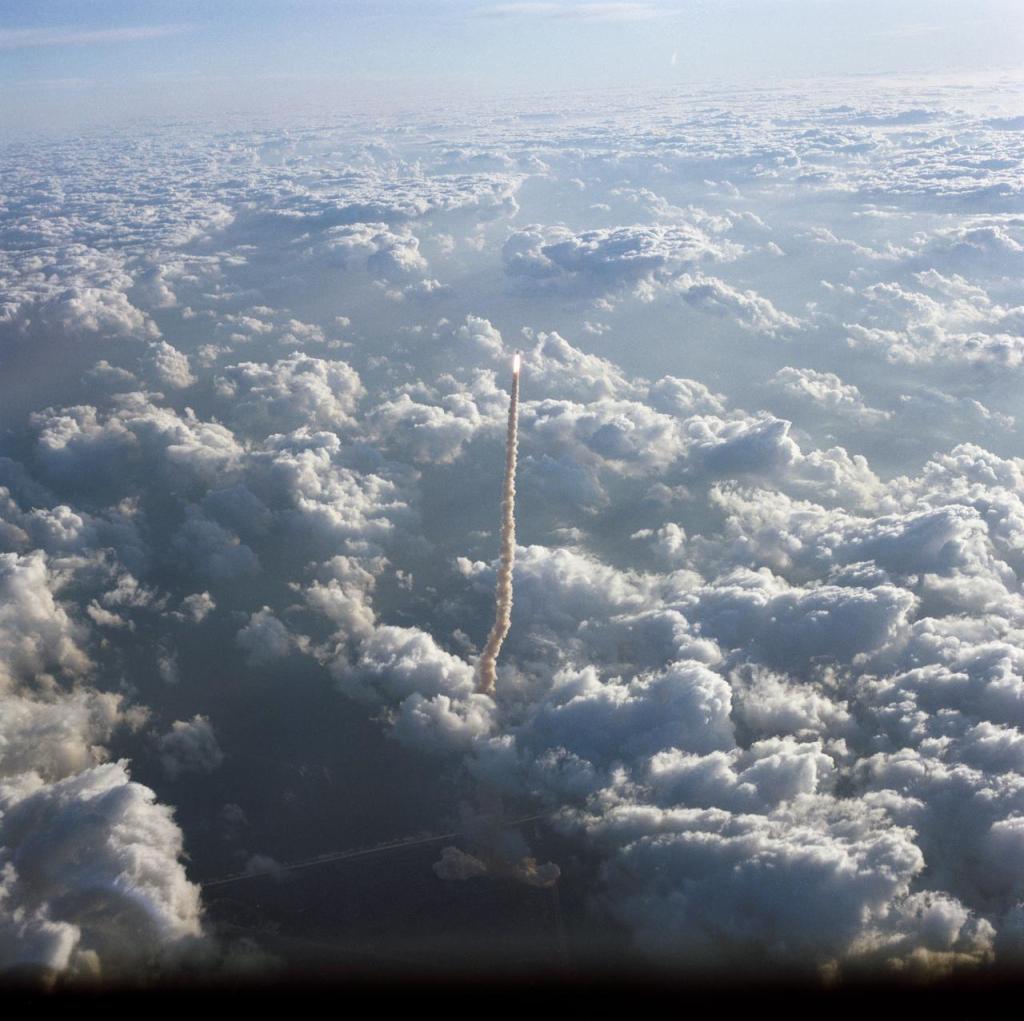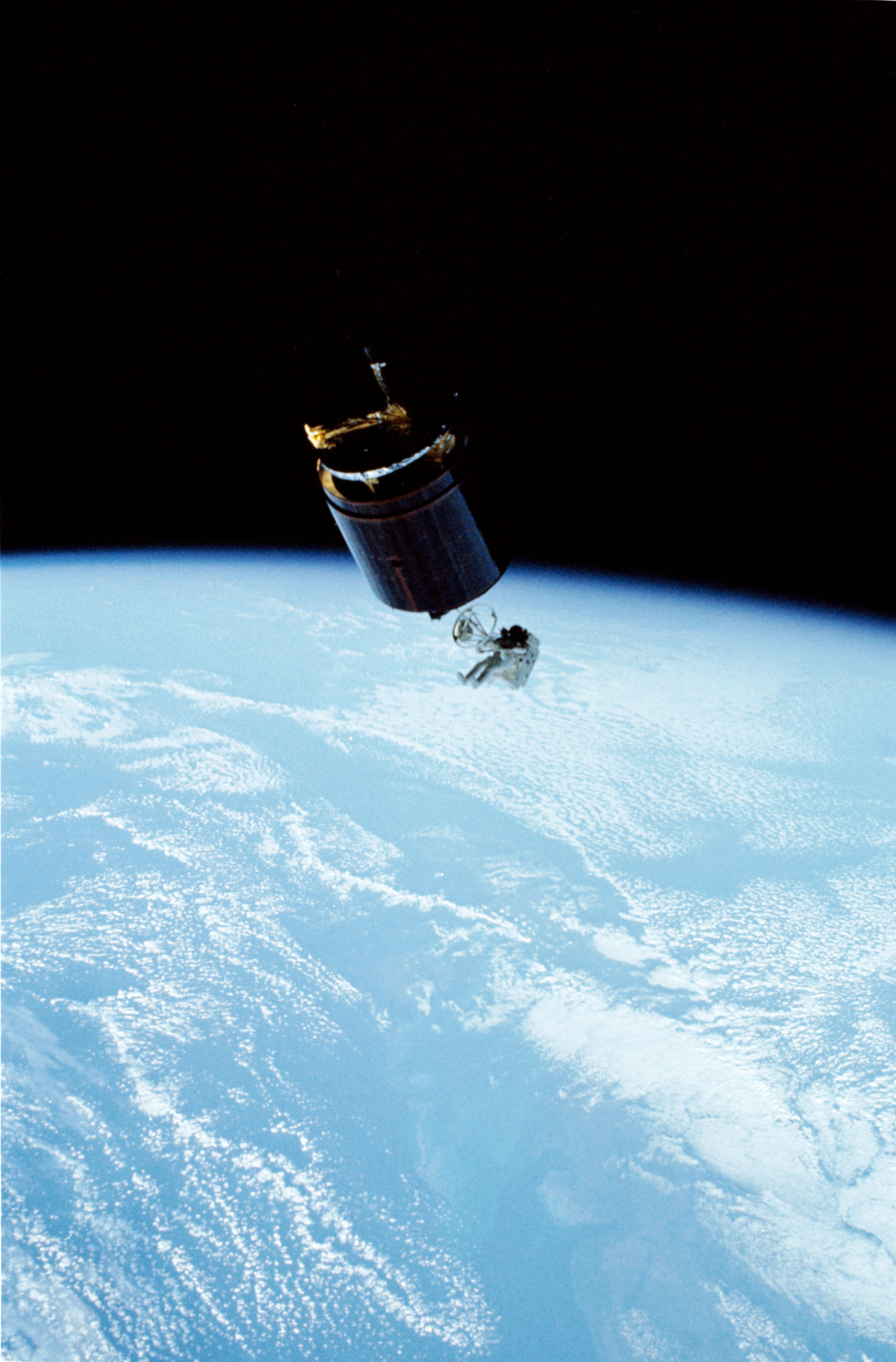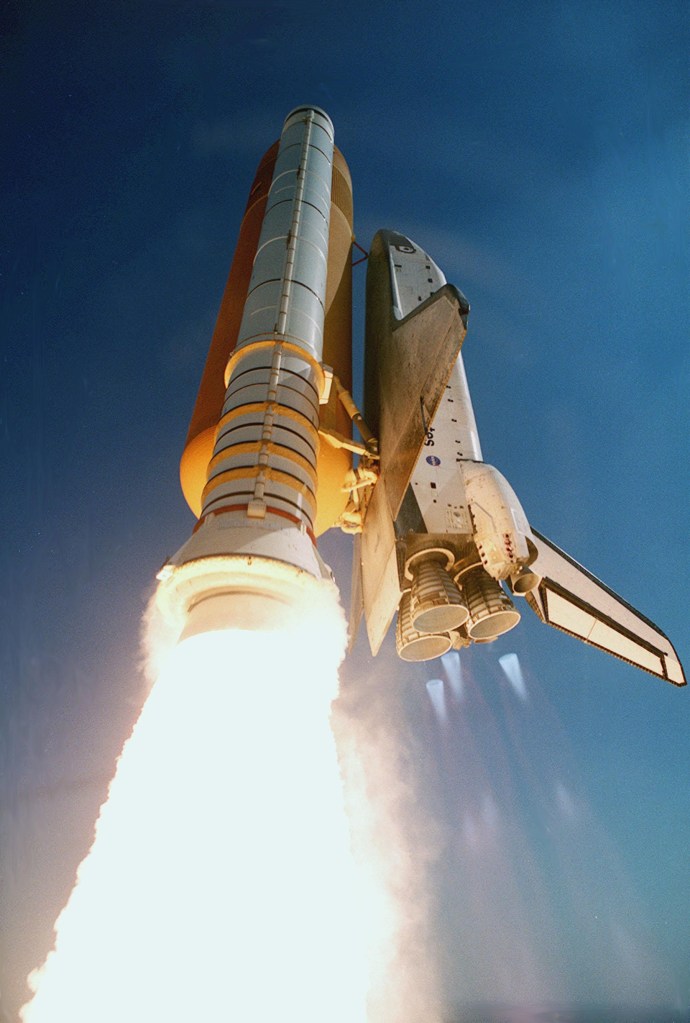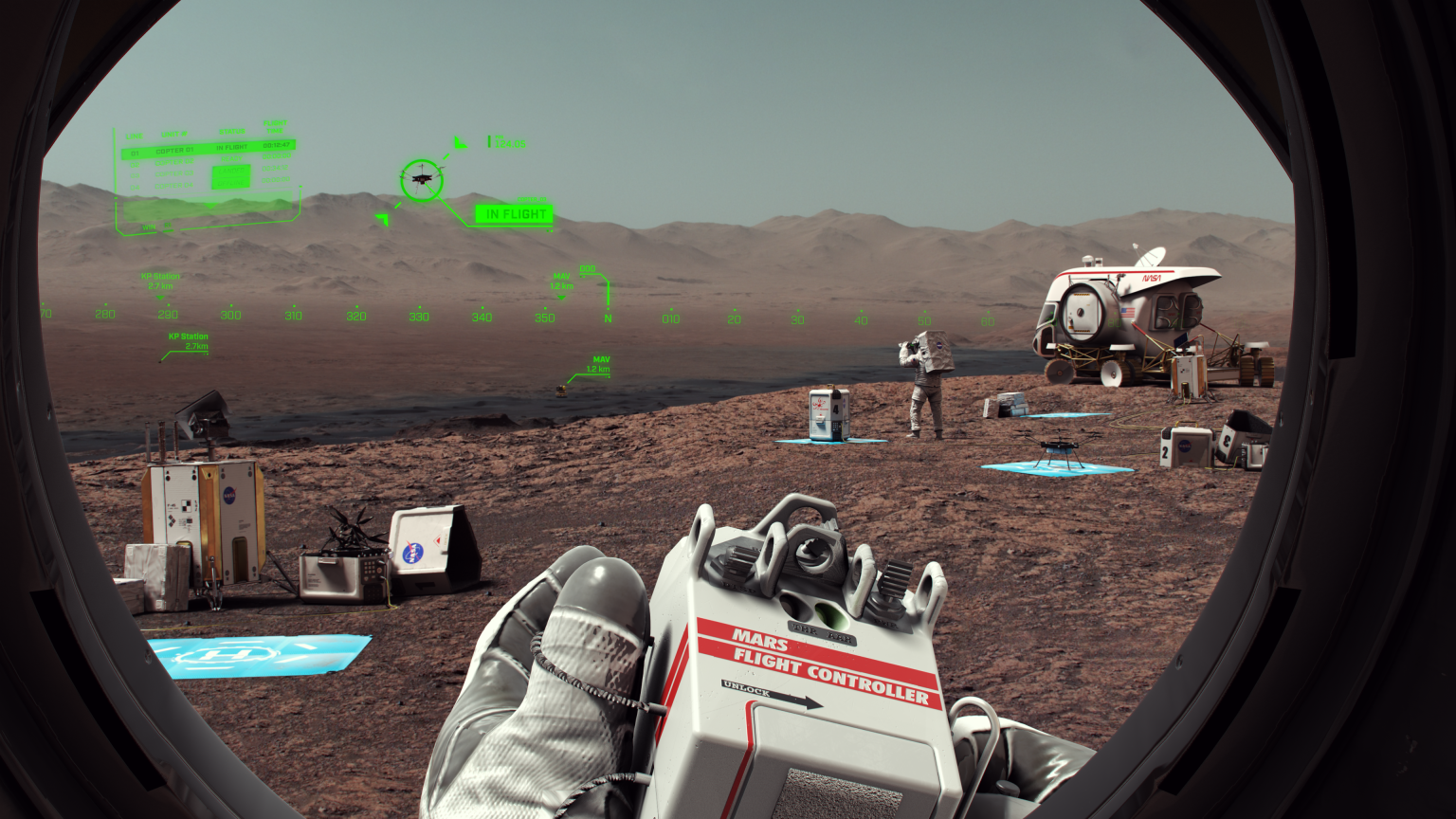STS-51A
One of the unique attributes of the Space Shuttle featured the ability to launch satellites into space and return them to Earth if needed. That capability passed its first test during the STS-51A mission in November 1984.
Space Shuttle
mission duration
Launch
Landing

STS-51A Mission Facts
Mission: TELESAT-H, Canadian communications satellite, SYNCOM IV-1 defense communications satellite
Space Shuttle: Discovery
Launch Pad: 39A
Launch Weight: 263,324 pounds
Launched: November 8, 1984 at 7:15:00 a.m. EST
Landing Site: Kennedy Space Center, Florida
Landing: November 16, 1984 at 6:59:56 a.m. EST
Landing Weight: 207,505 pounds
Runway: 15
Rollout Distance: 9,454 feet
Rollout Time: 58 seconds
Revolution: 127
Mission Duration: 7 days, 23 hours, 44 minutes, 56 seconds
Orbit Altitude: 185 nautical miles
Orbit Inclination: 28.5 degrees
Miles Traveled: 3.3 million
Crew
Frederick H. Hauck, Commander
David M. Walker, Pilot
Anna L. Fisher, Mission Specialist
Dale A. Gardner, Mission Specialist
Joseph P. Allen, Mission Specialist
Mission Highlights
The Canadian communications satellite TELESAT-H (ANIK), attached to Payload Assist Module-D (PAM-D) was deployed into geosynchronous orbit on flight day two. On the third day, the defense communications satellite SYNCOM IV-I (also known as LEASAT-1) was deployed. Allen and Gardner, wearing jet-propelled manned maneuvering units, retrieved two malfunctioning satellites: PALAPA-B2 and WESTAR-VI, both of these satellites were deployed on Mission 41-B. Fisher operated the remote manipulator system, grappling satellites and depositing them in the payload bay. Middeck payloads for this mission were: Diffusive Mixing of Organic Solutions (DMOS), and Radiation Monitoring Equipment (RME).
STS-51A
Shuttle News
35 Years Ago: STS-51A – “The Ace Repo Company”
One of the unique attributes of the Space Shuttle featured the ability to launch satellites into space and return them…
Read the Story











































